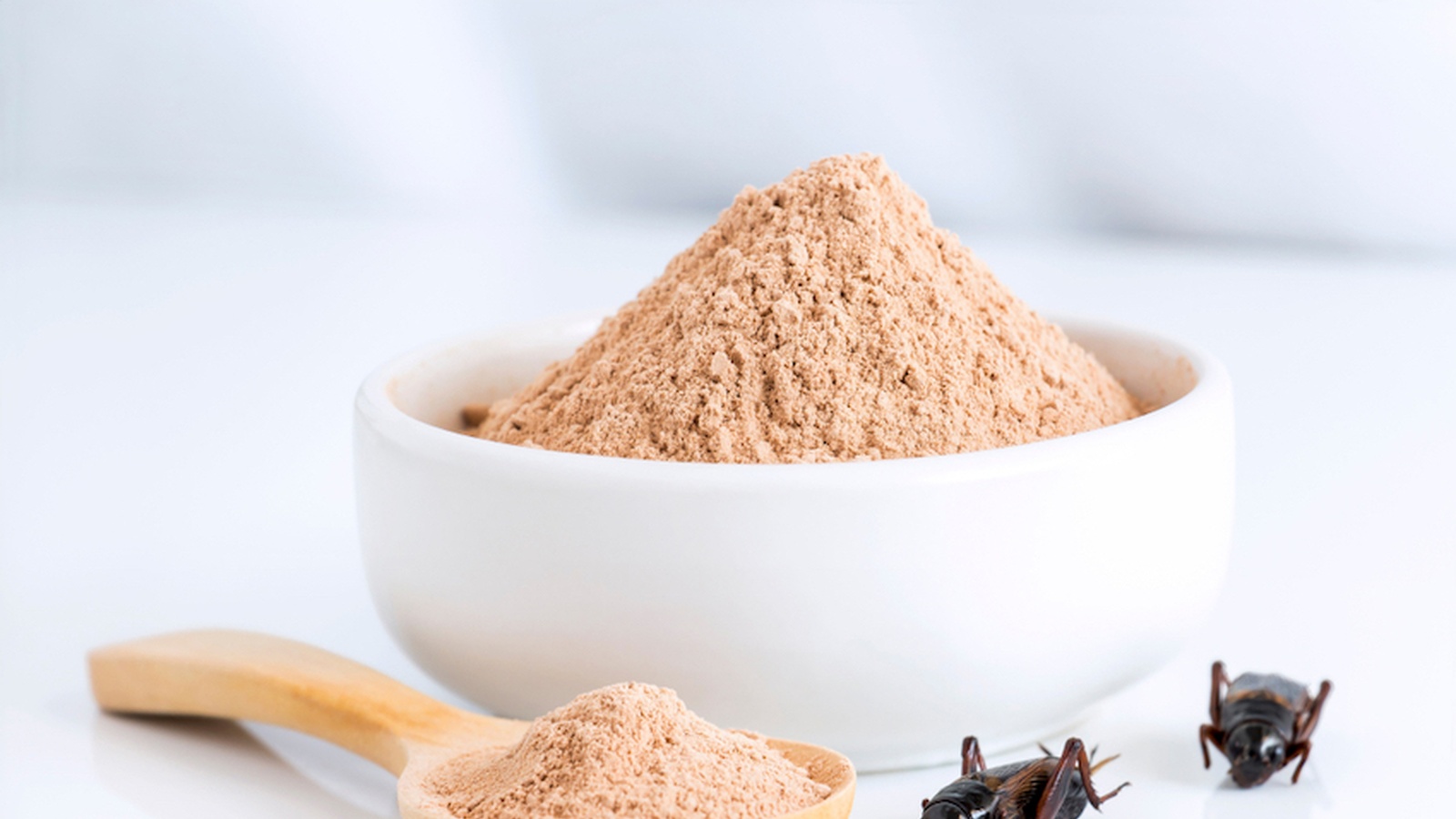Could You Stomach These 3 Superfoods?
We’ve all heard of superfoods, those nutrient-dense foods that are purported to be particularly beneficial for our health and wellbeing. Popular superfoods to incorporate into your diet include blueberries and kiwi fruit, kale and spinach, salmon and sweet potato and, joy of joys, dark chocolate. There are also more exotic items such as papaya and brazil nuts, acai berries and chia seeds.
So what do all these foods have in common? What makes them ‘super’? According to science, they all contain extra large doses of vitamins and minerals that can help our bodies fight disease and live a longer and healthier life.
Superfoods pack a real punch. Important nutrients provided include antioxidants, important for warding off cancer, healthy fats for the prevention of heart disease, fiber to protect the digestive tract and prevent diabetes, and a wealth of phytochemicals that have numerous benefits.
Whether you’re a passionate home cook or need cookery lessons to help you make the most of the wide range of delicious tasting superfoods at your disposal, who wouldn’t choose to make intelligent meal decisions to live a healthier life?
Oh, but therein lies the rub. Not all superfoods are delicious. In fact, we’ve discovered 3 particularly unpalatable superfoods that have exemplary, healthful properties, but you’d have to be pretty determined to include them in your daily eating plan. Here goes:
1. Sea Vegetables
When your mum told you to eat your greens, no doubt she meant land-based vegetables. But did you know that the ocean is teeming with its own vegetation and that seaweed is equally beneficial to your health? When it comes to superfoods, sea veggies make the cut on account of the following properties:
- Naturally occurring iodine to support the immune system, thyroid and hormonal health
- Rich in essential nutrients iron, calcium and potassium
- Supply trace elements, enzymes and over 70 minerals and amino acids
- Contain alginic acid, with natural antibacterial and detoxing properties
- May help protect the body against certain types of cancer
Another bonus is that in addition to being nutrient dense, sea vegetables are also exceptionally low in calories. You can get seaweed as supplements (look out for kelp or spirulina at health food shops) or learn to cook with individual sea vegetables including wakame, nori, arame, hijiki and dulse. Or visit a Japanese restaurant and order a seaweed salad or sushi rolls.
On the downside, seaweed is generally not considered palatable to Western tongues. Arame and hijiki, in particular, have a strong fishy aroma that is likely to be unpopular with other family members, the smell pervading the house when dinner is cooking. For the sea veg-curious novice, we recommend starting small: add a sprinkling of dulse into stir-fries, make Miso soup with instant wakame, and eat sushi rolls wrapped in toasted nori.
2. Edible Insects
If you think seaweed is disgusting, eating insects is arguably even more revolting. But consider this: Edible insects pack more protein, gram for gram, than most of our traditional sources of meat. Plus they contain plenty of fiber, minerals and vitamins – in fact, more than some fruits, vegetables and grains. Maybe we could learn a thing or two from the TV celebrities in the Australian jungle? Maybe the odd Bushtucker trial is actually a healthy habit to get into?
Hailed as the next high protein superfood, edible crickets, for instance, are rich in potassium, calcium and iron and have 12 times more vitamin B12 than salmon. What’s more, they supply all 9 essential amino acids – the building blocks of protein – to make it the perfect complete protein source for optimal health.
Eating insects has been part of other cultures for some time, so are we perhaps just a bit slow to catch on? Maybe we should all just get over ourselves and recognize the immense nutritional value of bugs and embrace the benefits of this genius food source. Here are some interesting recipes to try.
3. Natto – Fermented Soybeans
Here’s a super healthy Japanese delicacy that divides opinion even stronger than Marmite does. Natto is a condiment made from soybeans fermented with Bacilluss subtilis var. natto; it’sone of the most potent sources of healthful bacteria available. The enzyme nattokinase, one of the by-products of natto fermentation, helps to reduce blood pressure while natto is also nutrient packed with amino acid, B and K vitamins and plenty of fibre.
Natto has a strong fan base – it even has its own day. Natto Day is on 10th July – and Japanese speakers will immediately understand the pun on the word ‘natto’ contained within the date. Hardcore enthusiasts have natto for breakfast (literally) but for those with a Western palate, this funky food is definitely an acquired taste. It is known for its distinct aroma (it stinks!), its gooey texture (slimy, snot-like) and its strong taste (old cheese mixed with smelly socks).
If you haven’t already, join our free global challenge at www.GetOffTheGluten.com to receive daily recipes & health tips, access to our private group for support and inspiration, plus before and after testing to track your progress in key areas of your life such as weight, sleep, bloating, skin-conditions, mental health and more!


